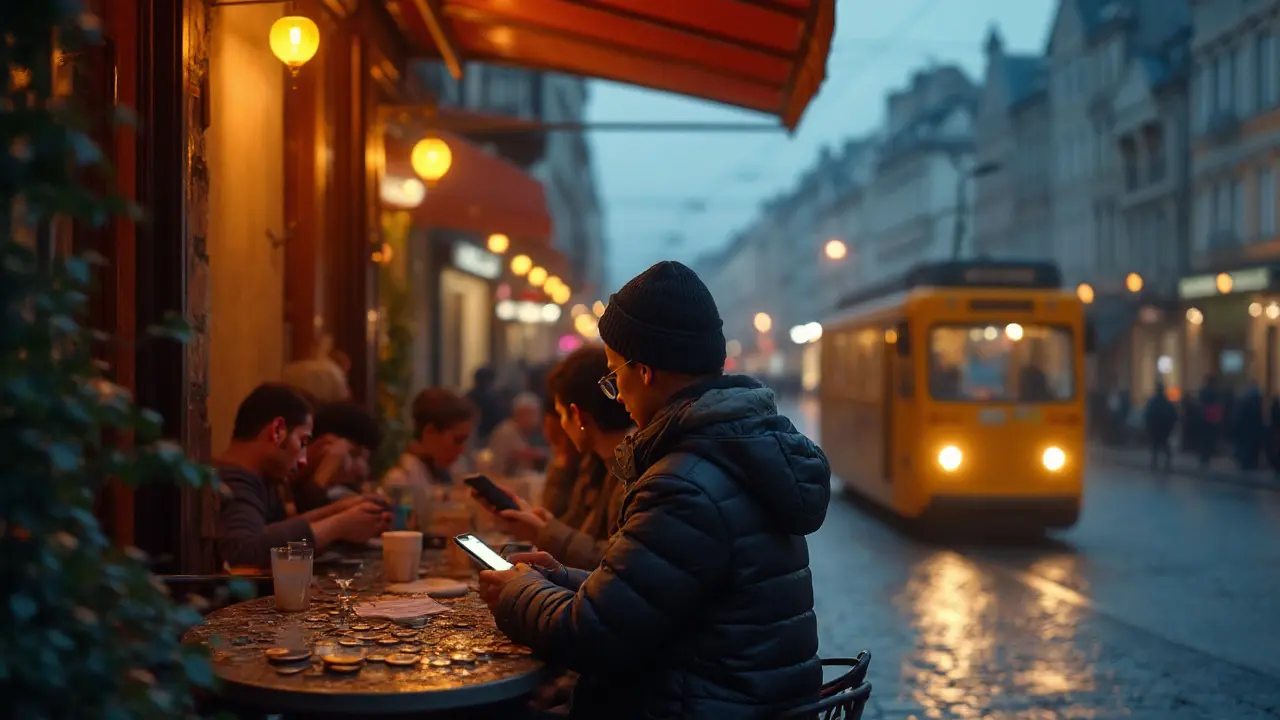Tinder vs Bumble: The Real Differences You Need to Know
If you’ve tried online dating, you’ve probably wondered which app gives you the best chance at a real connection. Tinder and Bumble dominate the market, but they aren’t identical twins. Below we break down the core traits of each platform so you can decide which one fits your style.
How the Matching Works
Both apps use a swipe system, but the logic behind the swipe is slightly different. Tinder shows you profiles based primarily on distance, age range, and a basic “like” algorithm that learns from who you swipe right on. It’s fast, it’s visual, and it can feel a bit like a game of hot‑or‑not.
Bumble adds a twist: once two people swipe right, the woman (or the person who made the first move in same‑sex matches) has 24 hours to start a chat. If she doesn’t, the connection disappears. This rule forces a quicker move to conversation, which many users say cuts down on ghosting.
In practice, Tinder usually delivers more matches per day because there’s no time limit on who can message first. Bumble, however, tends to give you fewer but more intentional matches. If you like a high volume of options and don’t mind filtering later, Tinder may feel easier. If you prefer a more curated set of chats, Bumble’s “women‑first” rule can be a bonus.
Safety and Paid Features
Safety is a major selling point for Bumble. The app verifies photos, offers a built‑in photo‑ID check, and highlights profiles that have been verified. It also lets you block and report users with a single tap. Tinder has added similar tools, like photo verification and a “Safety Center,” but Bumble still markets itself as the safer choice for women.
When it comes to paid upgrades, both apps have a “Boost” that pushes your profile higher in the queue, and a “Super Like” (Tinder) or “Spotlight” (Bumble) that highlights you to a specific user. Tinder’s premium tier, “Tinder Plus/Gold,” adds unlimited likes, the ability to rewind a swipe, and the “Passport” feature to swipe anywhere in the world.
Bumble’s “Premium” (formerly Bumble Boost) gives you the ability to see everyone who swiped right, extend the 24‑hour chat window, and rematch with expired connections. The pricing is comparable, but Bumble’s emphasis on extending conversation time can feel more valuable if you’re serious about getting to know someone.
Both apps collect data for ad targeting, so if privacy is a top priority, read each platform’s privacy policy and adjust your settings accordingly.
In short, Tinder wins for sheer volume and global reach. Bumble wins for safety, conversation control, and a slightly more respectful vibe. Your choice should depend on what you want: a fast‑paced match stream or a platform that nudges you toward actual dialogue.
Try both for a week each. Notice how often you’re matched, how many conversations actually start, and which vibe feels more natural. The best app is the one that matches your personal goals, not the one with the flashiest marketing.

